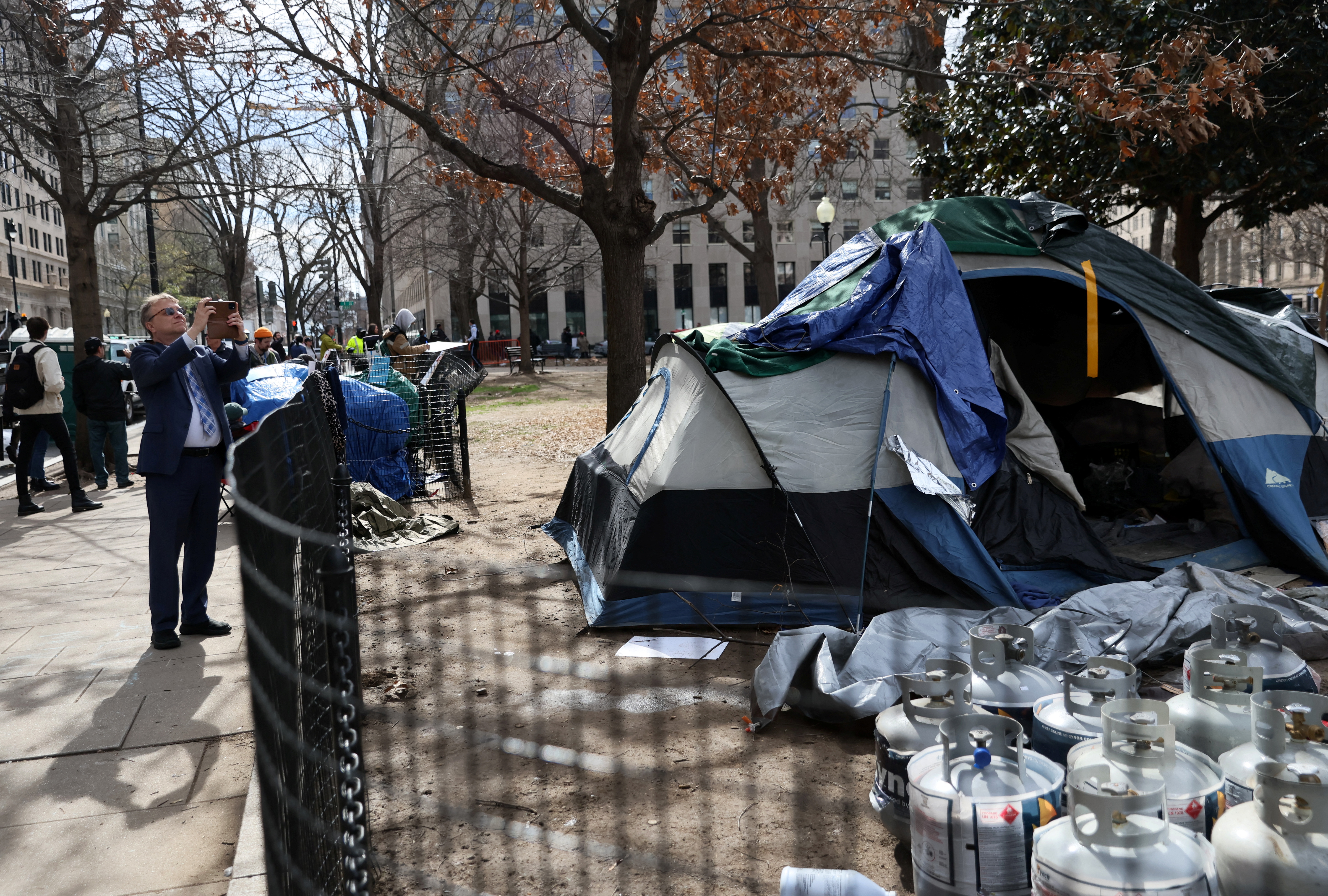Washington, DC — The Smithsonian Institution has stood for nearly two centuries as a vault of American history, a vast repository of art, culture, and science. But now, it finds itself at the centre of a political storm.
President Donald Trump has signed an executive order demanding an overhaul of what he calls "divisive narratives," a move that puts the 178-year-old institution in the crosshairs of his broader war on what he brands as "woke ideology."
Under the new directive, Vice President JD Vance will spearhead efforts to purge what the administration sees as improper ideological influence from Smithsonian properties, including its 21 museums, 21 libraries, 14 research and education centres, and the National Zoo.
Interior Secretary Doug Burgum has been tasked with identifying and potentially restoring public monuments, memorials, and statues that have been removed or altered since 2020.
According to Trump, the goal is to prevent what he calls "a false reconstruction of American history."
The order, titled Restoring Truth and Sanity to American History, takes direct aim at the National Museum of African American History and Culture, which, according to Trump, described hard work and the nuclear family as "aspects of White Culture."
Broader cultural offensive
Trump slammed the upcoming Smithsonian American Women’s History Museum, claiming it seeks to "celebrate the exploits of male athletes participating in women’s sports."
The Smithsonian, which draws more than 30 million visitors annually and operates on a budget that exceeds $1 billion, has yet to respond to the sweeping order.
But the extraordinary move has already reignited a fierce cultural battle over who gets to tell America's story and how.
Conservatives argue that the order will correct years of liberal bias in the nation's premier historical institution.
Josh Daws, host of the conservative Christian podcast The Great Awokening, which focuses on deconstructing "wokeness," acknowledged the Smithsonian’s influence on how Americans understand history but took issue with its portrayal.
"A leftist agenda has no place in the institution charged with curating our national story,” he wrote in a post on X.
The battle over the Smithsonian is part of Trump's broader cultural offensive, experts say. Since reclaiming the White House in January, he has escalated his campaign against what he sees as leftist dominance in education, media, and the arts.
Trump recently took control of the Kennedy Center, a major arts venue in Washington, after calling it "too liberal." Now, he has set his sights on reshaping the nation's capital itself.
In a separate executive order, Making the District of Columbia Safe and Beautiful, Trump announced the formation of an inter-agency task force to ramp up immigration enforcement and crack down on crime in the city.
He has repeatedly derided Washington as a haven of "murder and crime" and has threatened to take direct control of the local government.
The order also calls for a "coordinated beautification plan," part of what Trump describes as a bid to clean up the nation’s capital.

Federal intervention
"We will take over our horribly run Washington, DC, and clean up, renovate, and rebuild our capital so that it is no longer a nightmare of murder and crime," he said on the campaign trail last year — a message reposted by the White House on X shortly after the executive order was signed.
The implications are big. Washington, DC, is home to roughly 700,000 residents —mostly Democrats — who have no voting representation in Congress.
Though America's capital city runs its own affairs, Congress has the power to override local decisions, and with Republicans in control, Trump has threatened to exert direct federal authority over the capital.
Already, city officials have made concessions, including the removal of some homeless encampments and even a "Black Lives Matter" mural, in what appears to be an attempt to stave off federal intervention.
A bigger battle
But the Smithsonian battle is different. It's not about urban governance or crime — it's about history itself.
Michael Steele, former RNC Chairman and former lieutenant governor of Maryland, didn't hold back, calling Trump's latest executive order an unhealthy move for everyone. "Today, Trump signs another EO, this time trying to rewrite history, claiming the Smithsonian has 'come under the influence of a divisive, race-centered ideology,'" Steele said.
"You mean like talking about slavery and the appropriation of Native American lands? That’s not an ideology — it's fact."
Trump criticised the Smithsonian in the executive order for promoting narratives that claim American and Western values are harmful.
The Smithsonian is more than America's museum network; it is an institution that shapes national memory, curates historical understanding, and influences how Americans see themselves.
Critics say Trump may be attempting to imprint his vision of America onto one of its most storied walls.
As per Trump's order, he intends to: "Restore the Smithsonian Institution to its rightful place as a symbol of inspiration and American greatness –– igniting the imagination of young minds, honoring the richness of American history and innovation, and instilling pride in the hearts of all Americans."
For now, the Smithsonian remains silent. But the message inside its grand neoclassical buildings, in its research centres, and among its curators and historians is clear: The rewriting of American history may have just begun.















